Automatic orbital welding produces more work with fewer people. However, there is a general misconception that automation eliminates the need for training since the machine is doing the welding.
The opposite is true: well-rounded and up-to-date training is more essential than ever for welders.
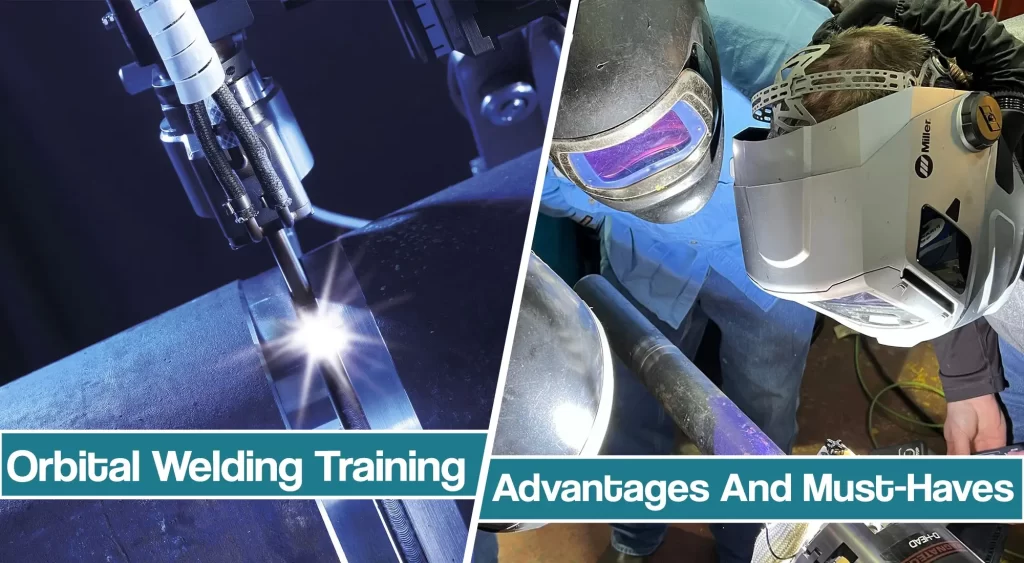
Only through quality training taught by certified instructors can operators of orbital welding equipment gain the complex skills needed to meet today’s strict acceptance criteria.
We dedicated this article to the fundamentals of orbital welding and orbital welding training, to point out the advantages and must-haves.
Overview Of Orbital Welding
Automatic orbital Gas Tungsten Arc Welding (GTAW) is used in various industries where maximum leak integrity, high performance, or ultra cleanliness are of paramount importance.
Automated orbital welding techniques enhance the operator’s ability to make controlled, repeatable, high-quality, and well-documented welds compared to manual techniques.
By comparison, manual welding is slower and subject to human error. During periods of high productivity, fatigue may be an issue. Documentation is a separate step and may not be performed consistently from operator to operator.
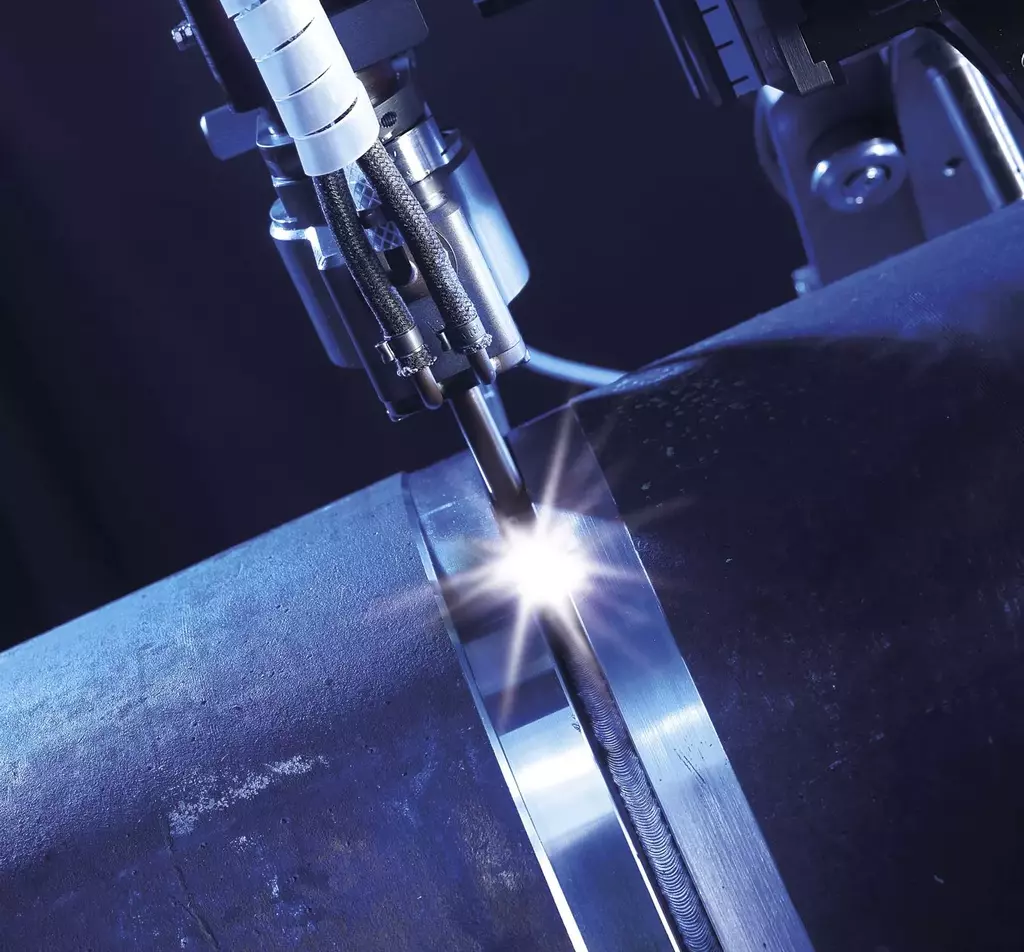
In orbital welding, the operator continues to play an important role, but many of the variables are controlled to ensure a greater degree of accuracy. The operator inputs the settings, prepares the tube ends, centers the components to be welded in the fixture block, mates the weld head to the fixture block, initiates purge and shielding gases, and, finally, signals the machine to begin the welding operation. In many cases, the weld settings will be preset for particular materials, and the operator’s job is to choose the right one among the range of choices.
When the operator starts the weld, an electrode housed inside the weld head rotates in a precise orbit around the tube. The operation is highly controlled, ensuring high-quality welds that can be produced on a consistent and repeatable basis. The orbital welding system automatically starts and completes the weld, regulating arc current, travel speed, and other variables to provide a successful weld.
Advantages of Orbital Welding
The benefits of automated orbital welding are many, but chief among them is accuracy:
- Automation – Variables like travel speed, arc gap, current control, and gas flow are automatically controlled, enabling a high degree of consistency from weld to weld, independent of the operator.
- Programming – Operators select data from dropdown menus, enabling the system to create a program for each type of weld. Newer systems offer preset programs and the ability to download programs from USB flash drives. Weld programs ensure consistent execution given a particular set of materials.
- Documentation – Detailed weld data is stored within the orbital-welding power supply so it can be retrieved and transferred to external databases. In addition, high-speed thermal printers built into the power supply provide a hard copy record. An important part of accuracy is consistent documentation. Further, if problems with the welds arise, an electronic database of welding records enables an accurate analysis.
Orbital Welding Training & Certification
While automated welding increases productivity, welder training remains paramount. Arguably, automated welding requires more training. Welders must still possess all the most basic knowledge concerning material composition, metallurgy, set-up, purge and shielding gases, power, voltages, and more.
But, in addition, they must understand how the automated welding system operates. Following the right steps for programming and initiating gas delivery before starting a weld is especially important.
The market provides a wide range of training programs for weld operators of automatic GTAW orbital welding machines. Some programs are as short as two days.
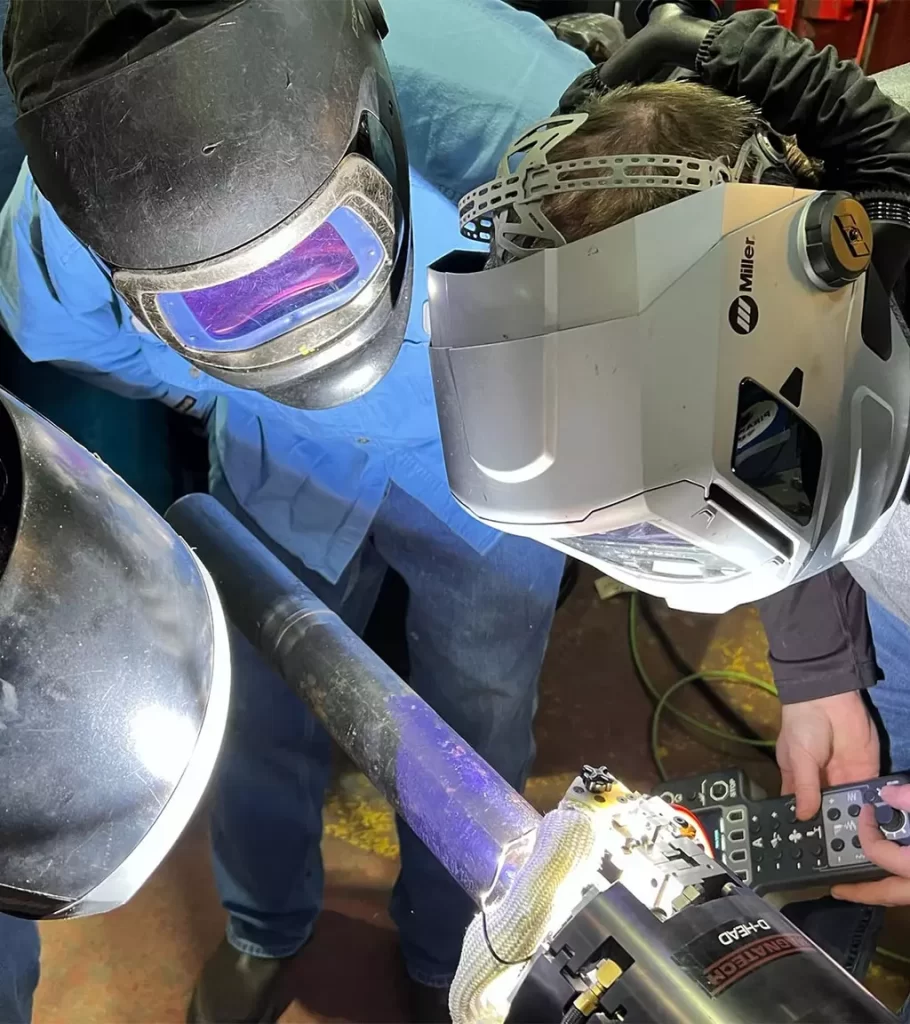
Others last a week and culminate in a physical sample test and a written exam followed by a certified weld inspector. Generally speaking, more training is better than less. Training programs that do not provide sufficient depth or certified weld educator only cost an owner money in the long run. Even one bad weld is costly in materials, and, if it fails in service, the damage may be several times as costly as a quality training program.
The following provides some guidelines about what to look for in a welding training program relative to three specific areas: process, tools, and materials.
Welder Training Process
Trainees should learn the major variables in GTAW. Arc current levels, for example, control weld penetrations. Travel speed affects both the width and the penetration of the weld. Arc voltage is primarily affected by the arc gap, the type and purity of the shielding gas, the shape of the tungsten electrode tip, and arc current input.
Good training programs explain the process of GTAW in both its manual and automatic orbital system formats.
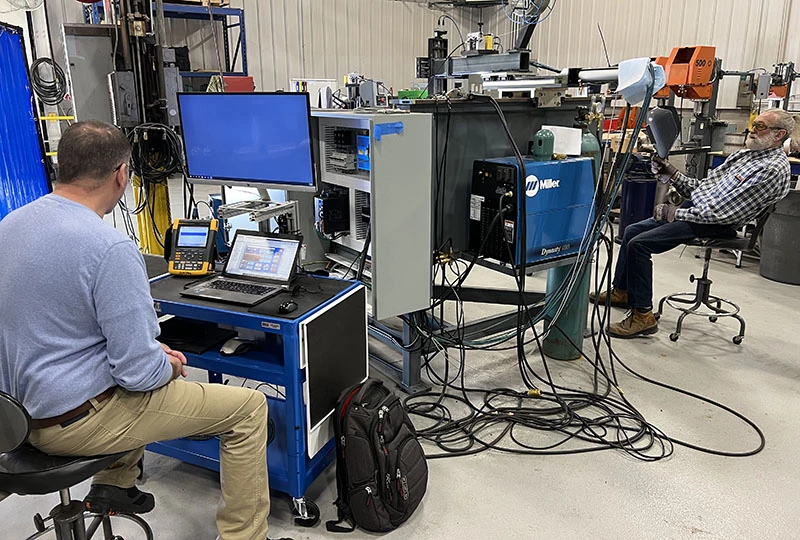
The key advantage of GTAW is its precise control of heat input, which makes it one of the preferred processes for joining thin gauge metals and for welding in close proximity to heat-sensitive components.
Power supplies are covered in-depth in the best training programs. Students learn that the goal of automatic welding is to produce accurate and repeatable weld current levels during each weld cycle. To accomplish this, GTAW power supplies use a constant current design that maintains a desired output current level, regardless of load conditions.
Orbital Weld Training Tools
When evaluating training programs and course, consider the amount of instruction devoted to shielding gases and the importance of purging. Shielding gases directed to the arc and weld pool protect the electrode and the molten weld metal from atmospheric contamination. The presence of atmospheric gases could result in several problems from weld discoloration or oxidation to reducing the ductility and impact strength of the weld. Classes study the properties of the most common gases used for shielding in GTAW: argon; helium; and mixtures of these two.
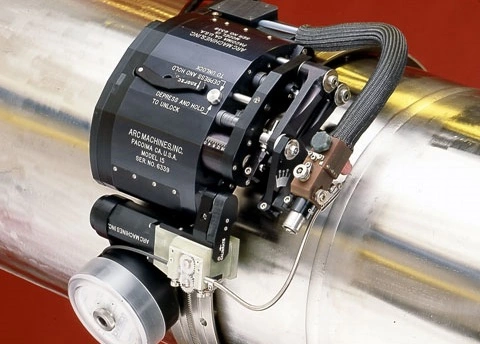
Welders need to know the preferred ratio of helium to argon. Good programs in the service center teach that the chief factor influencing shielding effectiveness is gas density. Argon, which is 1.33 times the density of air, effectively covers the weld area and displaces the atmosphere. To produce equivalent shielding using helium, which has less density, its flow must be two or three times the flow of argon.
More power (heat) is delivered to the work using helium compared to using argon. Welders need to know that shielding gases have an effect on the voltage-current relationship between the tungsten electrode and the work. For equivalent arc lengths and weld current, the arc voltage obtained with helium is appreciably higher than achieved with argon. Higher arc voltage means more power.
The success of orbital welding jobs can be greatly affected by using proper purging techniques. Training programs must teach the principles of purging, including how to calculate purge time.
Proper selection of purge gas, typically argon, is vital to successful purging. Argon is available in varying levels of purity, and selecting the proper level for the desired result is essential. Defining and setting correct flow and pressure through the tubing or piping and across the weld joint is critical to ensure successful welding. Purging done incorrectly or not at all can ruin entire manufacturing systems. The internal pressure helps keep the weld bead flush to the inside wall surface of the components being welded, while the proper flow will help keep the heat-affected zone clean.
Qualifications in Understanding the Materials
Trainees should learn that quality welds start with the material. Look for orbital welding training that addresses the main material families: carbon and alloy steels, nickel alloys, refractory and reactive metals, and stainless steels. Trainees must also be taught how to inspect incoming materials and material certifications, and how to assess the documentation.
Effective training in materials should address issues related to composition and metallurgy, including how sulfur content affects weld quality.
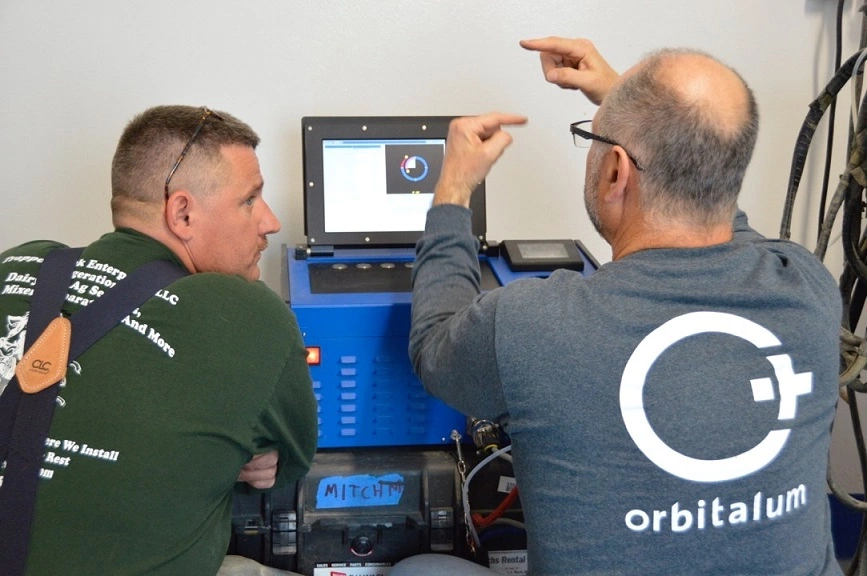
Composition changes can result in welds that do not meet specification. For carbon and alloy steels, students must learn that the quality of gas tungsten arc welds is highly influenced by the base metal impurity content – the trace amounts of sulfur, phosphorus, oxygen, etc. Also, hydrogen embrittlement of these alloys is a problem if hydrocarbons or water vapor contamination is present. Nickel alloys can be more difficult to weld due to their susceptibility to cracking.
GTAW is the most extensively used welding process for joining refractory (molybdenum, tantalum, etc.) and reactive metals (titanium, zirconium, etc.). These metals are readily oxidized at elevated temperatures unless they are protected by an inert gas cover. For these metals and alloys, GTAW provides a high concentration of heat, the greatest control over heat input, and the best inert gas shielding of any arc welding process.
Another major factor in GTAW is the sulfur content of the materials. The level of sulfur can change the surface tension of the weld puddle, affecting the heat flow into the puddle and the penetration characteristics of the material. Attempting to weld components with a significant differential in sulfur content is likely to produce a bead shift toward the component with the lower sulfur content, potentially causing the weld bead to partially miss the joint.
Welder Training Program “Must Haves”
Proper training will make the welder trainee an asset on any job site and help the industry gain the most advantage from automated welding technology. When shopping for a GTAW orbital welding training program, look for these important features:
- Constant contact with certified welding instructors
- Technical specificity and detail
- Hands-on learning with training objectives in examples such as pipe welding and fittings
- Complete overview of quality training materials and reference documents with details
- Training for dealing with imperfect welding situations in selected sales
- Attention to process-related services like arc current levels, travel speed, arc voltage, the GTAW process, and power supplies
- Comprehensive coverage of tool-related issues, such as shielding gases, purging principles, and electrode considerations
- Education about material properties, including composition, metallurgy, oxidation, and sulfur content




